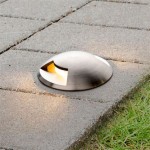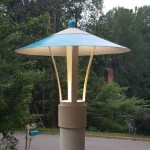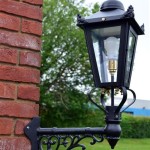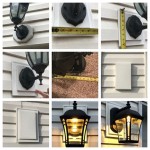Essential Aspects of Residential Outdoor Lighting Installation
Outdoor lighting illuminates pathways, enhances security, and creates an alluring ambiance for your home. Installing outdoor lighting requires careful planning and adherence to safety guidelines to ensure proper functionality and safety.
Planning Considerations
Before installing outdoor lighting, assess your property's specific needs and lighting goals:
- Identify areas that require illumination, such as pathways, entrances, and outdoor living spaces.
- Determine the type of lighting fixtures suitable for the designated areas (e.g., pathway lights, floodlights, bollards).
- Map out the electrical layout, including wire placement, transformer location, and circuit connections.
Electrical and Safety Guidelines
Outdoor lighting installations require adherence to electrical codes and safety protocols:
- Use weather-resistant fixtures and wiring with appropriate voltage ratings.
- Securely bury underground wires using appropriate materials and techniques (e.g., conduit, direct burial wire).
- Install ground fault circuit interrupters (GFCIs) to prevent electrical hazards in the event of ground faults.
Fixture Placement and Lighting Design
Effective lighting requires careful fixture placement and consideration of lighting principles:
- Space pathway lights evenly to provide adequate illumination without glare.
- Use accent lighting to highlight specific features (e.g., plants, sculptures).
- Layer lighting techniques to create depth and ambiance (e.g., combining downlights with uplights).
Intelligent Lighting Systems
Modern outdoor lighting systems offer convenience and energy efficiency:
- Motion sensors detect movement and automatically activate lights, enhancing security and saving energy.
- Timers can be programmed to turn lights on and off at specific times, providing automated illumination.
- Smart lighting systems allow remote control and adjustment of lighting settings via mobile devices.
Maintenance and Troubleshooting
Regular maintenance is crucial to ensure the longevity and functionality of outdoor lighting:
- Clean fixtures regularly to prevent dirt and debris accumulation.
- Inspect wiring and connections annually for any damage or loose connections.
- Replace bulbs promptly to maintain optimal lighting levels.
Professional Installation
For complex installations or if you lack the necessary skills or experience, consider hiring a qualified electrician to ensure the project is completed safely and professionally.
Conclusion
By following these essential aspects of residential outdoor lighting installation, you can achieve a well-illuminated, safe, and aesthetically pleasing outdoor space that enhances your home's curb appeal and functionality.

Outdoor Home Lighting Installation Wichita Ks Graf Electric

Residential Landscape Lighting Company Georgia Lightscapes

Design Guide For Your Home S Outdoor Lighting

10 Fantastic Landscape Lighting Ideas For The Most Beautiful Home On Block

Smart Outdoor Led Lighting Haven

How To Protect Your Outdoor Lighting From The Elements

Residential Landscape Lighting Serices Yardvarks

Residential Outdoor Lighting Landscape Design

Outdoor Landscape Lighting Design Tips Ideas Environmental Designs

Landscape Lighting Design Modern Mountain Home
Related Posts







